The global ancient grains market is expected to grow from USD 476 million in 2019 to USD 632 million by 2027, at a CARG of 36% during the forecast period 2020-2027.
Ancient grains which are considered to be healthier and nutritious than the modern grains. These are referred to as a group of grains and pseudo cereals and have gone to a minimal change or largely unchanged over the years.
Ancient grains have recently gained popularity as more food importers search for ne foods to feed the changing western alettes. Quinoa, an ancient grain was the first one to gain popularity. There are many ancient grains which have many unique health benefits, all the grains have some plant protein and dietary fibre. Some of the ancient grains are Millet- it provides many heart-healthy benefits, Sorghum- powerful for digestive health and helps to regulate blood sugar, Farro- dietary fiber, Amaranth- gruten free grain and rich in fiber, iron, potassium and calcium, Kamut, Teff, Freekeh etc. most of the ancient grains are versatile, gluten free and loaded with proteins and vitamins. As the demand for healthy and organic food is increasing, especially amongst millennials, the ancient grains market fuels up. It also provides a great texture and flavour to the products. Ancient grains are also used in cosmetics, medical industries and pharmaceuticals, apart from food.
The study of global ancient grains market delivers a comprehensive analysis by type, application and region. The ancient grains are gluten free as well as gluten containing. The gluten free ancient grains involve millet, sorghum, wild rice, amaranth, chia, buckwheat, kaniwa and others. The gluten containing ancient grains involve einkorn, kamut, barley, farro and others. Gluten containing ancient grains have a high market share than gluten free ancient grains, but as gluten is responsible for bone disease like osteoporosis and intestinal damage, the demand of gluten can go down as consumer with increasing awareness will reduce the intake of gluten.
The application segment includes beverages, animal feed, sports nutrition, frozen food, bakery & confectionary, infant formula, cereals and others. With the increase in health benefits of whole grain breads and buns the bakery segment is expected to have a dominant position. Even beverage sections hold a significant share due o its increased use in ancient grains.
The market is regionally segmented into Europe, North America, South America, Asia-Pacific and Middle East & Africa.
The key players of this market are Premier Foods, Nestle, Kellogg, Grupo Bimbo, General Mills, Calbee, Archer Daniels Midland Co., Yamazaki Baking, Pepsico, KP Snacks, Intersnack, Glanbio plc., Cargill Inc., Bunge Ltd.
Global Ancient Grains market analysis and forecast, by Type
Global Ancient Grains market analysis and forecast, by Application
Global Ancient Grains market analysis and forecast, by regional analysis
Report Description:
The market estimates have been evaluated by considering the effect of different political, economic, social, technological and legal factors which are based on our extensive secondary research, primary research, and in-house databases.
1. Introduction
1.1. Objectives of the Study
1.2. Market Definition
1.3. Research Scope
1.4. Currency
1.5. Key Target Audience
2. Research Methodology and Assumptions
3. Executive Summary
4. Premium Insights
4.1. Porter’s Five Forces Analysis
4.2. Value Chain Analysis
4.3. Top Investment Pockets
4.3.1. Market Attractiveness Analysis By Types
4.3.2. Market Attractiveness Analysis By Application
4.3.3. Market Attractiveness Analysis By Region
4.4. Industry Trends
5. Market Dynamics
5.1. Market Evaluation
5.2. Drivers
5.3. Restrains
5.4. Opportunities
5.5. Challenges
6. Global Ancient Grains Market Analysis and Forecast, By Types
6.1. Segment Overview
6.2. Gluten Free
6.3. Gluten Containing
7. Global Ancient Grains Market Analysis and Forecast, By Application
7.1. Segment Overview
7.2. Beverages
7.3. Animal Feed
7.4. Sports Nutrition
7.5. Frozen Food
7.6. Bakery & confectionary
7.7. Infant formula
7.8. Cereals
7.9. others
8. Global Ancient Grains Market Analysis and Forecast, By Regional Analysis
8.1. Segment Overview
8.2. North America
8.2.1. U.S.
8.2.2. Canada
8.2.3. Mexico
8.3. Europe
8.3.1. Germany
8.3.2. France
8.3.3. U.K.
8.3.4. Italy
8.3.5. Spain
8.4. Asia-Pacific
8.4.1. Japan
8.4.2. China
8.4.3. India
8.5. South America
8.5.1. Brazil
8.6. Middle East and Africa
8.6.1. UAE
8.6.2. South Africa
9. Global Ancient Grains Market-Competitive Landscape
9.1. Overview
9.2. Market Share of Key Players in Global Ancient Grains Market
9.2.1. Global Company Market Share
9.2.2. North America Company Market Share
9.2.3. Europe Company Market Share
9.2.4. APAC Company Market Share
9.3. Competitive Situations and Trends
9.3.1. Product Launches and Developments
9.3.2. Partnerships, Collaborations, and Agreements
9.3.3. Mergers & Acquisitions
9.3.4. Expansions
10. Company Profiles
10.1. Premier Foods
10.1.1. Business Overview
10.1.2. Company Snapshot
10.1.3. Company Market Share Analysis
10.1.4. Company Product Portfolio
10.1.5. Recent Developments
10.1.6. SWOT Analysis
10.2. Nestle
10.2.1. Business Overview
10.2.2. Company Snapshot
10.2.3. Company Market Share Analysis
10.2.4. Company Product Portfolio
10.2.5. Recent Developments
10.2.6. SWOT Analysis
10.3. Kellogg
10.3.1. Business Overview
10.3.2. Company Snapshot
10.3.3. Company Market Share Analysis
10.3.4. Company Product Portfolio
10.3.5. Recent Developments
10.3.6. SWOT Analysis
10.4. Grupo Bimbo
10.4.1. Business Overview
10.4.2. Company Snapshot
10.4.3. Company Market Share Analysis
10.4.4. Company Product Portfolio
10.4.5. Recent Developments
10.4.6. SWOT Analysis
10.5. General Mills
10.5.1. Business Overview
10.5.2. Company Snapshot
10.5.3. Company Market Share Analysis
10.5.4. Company Product Portfolio
10.5.5. Recent Developments
10.5.6. SWOT Analysis
10.6. Calbee
10.6.1. Business Overview
10.6.2. Company Snapshot
10.6.3. Company Market Share Analysis
10.6.4. Company Product Portfolio
10.6.5. Recent Developments
10.6.6. SWOT Analysis
10.7. Archer Daniels Midland Co
10.7.1. Business Overview
10.7.2. Company Snapshot
10.7.3. Company Market Share Analysis
10.7.4. Company Product Portfolio
10.7.5. Recent Developments
10.7.6. SWOT Analysis
10.8. Yamazaki Baking
10.8.1. Business Overview
10.8.2. Company Snapshot
10.8.3. Company Market Share Analysis
10.8.4. Company Product Portfolio
10.8.5. Recent Developments
10.8.6. SWOT Analysis
10.9. PepsiCo
10.9.1. Business Overview
10.9.2. Company Snapshot
10.9.3. Company Market Share Analysis
10.9.4. Company Product Portfolio
10.9.5. Recent Developments
10.9.6. SWOT Analysis
10.10. KP Snacks
10.10.1. Business Overview
10.10.2. Company Snapshot
10.10.3. Company Market Share Analysis
10.10.4. Company Product Portfolio
10.10.5. Recent Developments
10.10.6. SWOT Analysis
10.11. Intersnack
10.11.1. Business Overview
10.11.2. Company Snapshot
10.11.3. Company Market Share Analysis
10.11.4. Company Product Portfolio
10.11.5. Recent Developments
10.11.6. SWOT Analysis
10.12. Glanbio plc
10.12.1. Business Overview
10.12.2. Company Snapshot
10.12.3. Company Market Share Analysis
10.12.4. Company Product Portfolio
10.12.5. Recent Developments
10.12.6. SWOT Analysis
10.13. Cargill Inc
10.13.1. Business Overview
10.13.2. Company Snapshot
10.13.3. Company Market Share Analysis
10.13.4. Company Product Portfolio
10.13.5. Recent Developments
10.13.6. SWOT Analysis
10.14. Bunge Ltd
10.14.1. Business Overview
10.14.2. Company Snapshot
10.14.3. Company Market Share Analysis
10.14.4. Company Product Portfolio
10.14.5. Recent Developments
10.14.6. SWOT Analysis
List of Table
1. Global Ancient Grains Market, By Types, 2017–2027(USD Billion)
2. Global Gluten Free Market, By Region, 2017–2027(USD Billion)
3. Global Gluten Containing, By Region, 2017–2027(USD Billion)
4. Global Ancient Grains Market, By Application, 2017–2027(USD Billion)
5. Global Beverages Ancient Grains Market, By Region, 2017–2027(USD Billion)
6. Global Animal Feed Market, By Region, 2017–2027(USD Billion)
7. Global Sports Nutrition Market, By Region, 2017–2027(USD Billion)
8. Global Frozen Food Market, By Region, 2017–2027(USD Billion)
9. Global Bakery & Confectionary Market, By Region, 2017–2027(USD Billion)
10. Global Infant Formula Market, By Region, 2017–2027(USD Billion)
11. Global Cereals Market, By Region, 2017–2027(USD Billion)
12. Global Others Ancient Grains Market, By Region, 2017–2027(USD Billion)
13. Global Ancient Grains Market, By North America, 2017–2027(USD Billion)
14. North America Ancient Grains Market, By Types, 2017–2027(USD Billion)
15. North America Ancient Grains Market, By Application, 2017–2027(USD Billion)
16. U.S. Ancient Grains Market, By Types, 2017–2027(USD Billion)
17. U.S. Ancient Grains Market, By Application, 2017–2027(USD Billion)
18. Canada Ancient Grains Market, By Types, 2017–2027(USD Billion)
19. Canada Ancient Grains Market, By Application, 2017–2027(USD Billion)
20. Mexico Ancient Grains Market, By Types, 2017–2027(USD Billion)
21. Mexico Ancient Grains Market, By Application, 2017–2027(USD Billion)
22. Europe Ancient Grains Market, By Types, 2017–2027(USD Billion)
23. Europe Ancient Grains Market, By Application, 2017–2027(USD Billion)
24. Germany Ancient Grains Market, By Types, 2017–2027(USD Billion)
25. Germany Ancient Grains Market, By Application, 2017–2027(USD Billion)
26. France Ancient Grains Market, By Types, 2017–2027(USD Billion)
27. France Ancient Grains Market, By Application, 2017–2027(USD Billion)
28. U.K. Ancient Grains Market, By Types, 2017–2027(USD Billion)
29. U.K. Ancient Grains Market, By Application, 2017–2027(USD Billion)
30. Italy Ancient Grains Market, By Types, 2017–2027(USD Billion)
31. Italy Ancient Grains Market, By Application, 2017–2027(USD Billion)
32. Spain Ancient Grains Market, By Types, 2017–2027(USD Billion)
33. Spain Ancient Grains Market, By Application, 2017–2027(USD Billion)
34. Asia Pacific Ancient Grains Market, By Types, 2017–2027(USD Billion)
35. Asia Pacific Ancient Grains Market, By Application, 2017–2027(USD Billion)
36. Japan Ancient Grains Market, By Types, 2017–2027(USD Billion)
37. Japan Ancient Grains Market, By Application, 2017–2027(USD Billion)
38. China Ancient Grains Market, By Types, 2017–2027(USD Billion)
39. China Ancient Grains Market, By Application, 2017–2027(USD Billion)
40. India Ancient Grains Market, By Types, 2017–2027(USD Billion)
41. India Ancient Grains Market, By Application, 2017–2027(USD Billion)
42. South America Ancient Grains Market, By Types, 2017–2027(USD Billion)
43. South America Ancient Grains Market, By Application, 2017–2027(USD Billion)
44. Brazil Ancient Grains Market, By Types, 2017–2027(USD Billion)
45. Brazil Ancient Grains Market, By Application, 2017–2027(USD Billion)
46. Middle East and Africa Ancient Grains Market, By Types, 2017–2027(USD Billion)
47. Middle East and Africa Ancient Grains Market, By Application, 2017–2027(USD Billion)
48. UAE Ancient Grains Market, By Types, 2017–2027(USD Billion)
49. UAE Ancient Grains Market, By Application, 2017–2027(USD Billion)
50. South Africa Ancient Grains Market, By Types, 2017–2027(USD Billion)
51. South Africa Ancient Grains Market, By Application, 2017–2027(USD Billion)
List of Figures
1. Global Ancient Grains Market Segmentation
2. Ancient Grains Market: Research Methodology
3. Market Size Estimation Methodology: Bottom-Up Approach
4. Market Size Estimation Methodology: Top-Down Approach
5. Data Triangulation
6. Porter’s Five Forces Analysis
7. Value Chain Analysis
8. Global Ancient Grains Market Attractiveness Analysis By Types
9. Global Ancient Grains Market Attractiveness Analysis By Application
10. Global Ancient Grains Market Attractiveness Analysis By Region
11. Global Ancient Grains Market: Dynamics
12. Global Ancient Grains Market Share By Types (2019 & 2027)
13. Global Ancient Grains Market Share By Application (2019 & 2027)
14. Global Ancient Grains Market Share by Regions (2019 & 2027)
15. Global Ancient Grains Market Share by Company (2019)
Market research is a method of gathering, assessing and deducing data & information about a particular market. Market research is very crucial in these days. The techniques analyze about how a product/service can be offered to the market to its end-customers, observe the impact of that product/service based on the past customer experiences, and cater their needs and demands. Owing to the successful business ventures, accurate, relevant and thorough information is the base for all the organizations because market research report/study offers specific market related data & information about the industry growth prospects, perspective of the existing customers, and the overall market scenario prevailed in past, ongoing present and developing future. It allows the stakeholders and investors to determine the probability of a business before committing substantial resources to the venture. Market research helps in solving the marketing issues challenges that a business will most likely face.
Market research is valuable because of the following reasons:
Our research report features both the aspects; qualitative and quantitative. Qualitative part provides insights about the market driving forces, potential opportunities, customer’s demands and requirement which in turn help the companies to come up with new strategies in order to survive in the long run competition. The quantitative segment offers the most credible information related to the industry. Based on the data gathering, we use to derive the market size and estimate their future growth prospects on the basis of global, region and country.
Our market research process involves with the four specific stages.
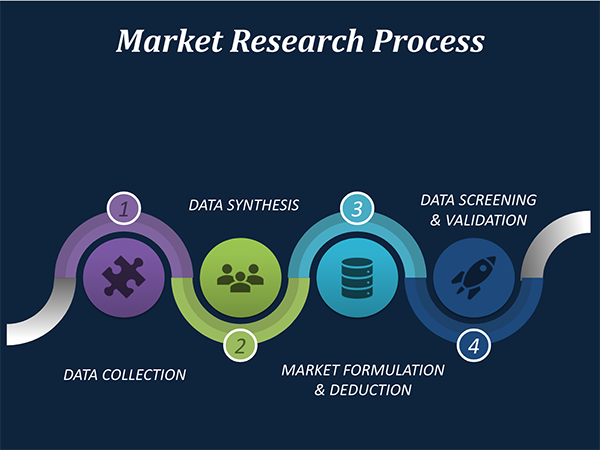
Data Collection: This stage of the market research process involves with the gathering and collecting of the market/industry related data from the sources. There are basically two types of research methods:
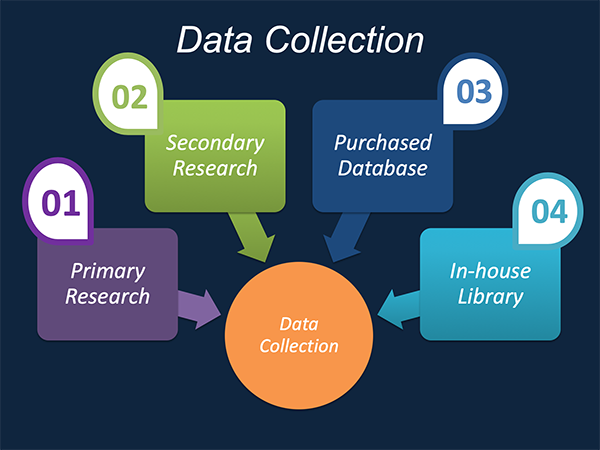
Data Synthesis: This stage includes the evaluation and assessment of all the data acquired from the primary and secondary research. It likewise includes in evaluating the information for any disparity watched while information gathering identified with the market. The data & information is gathered with consideration to the heterogeneity of sources. Scientific and statistical methods are implemented for synthesizing dissimilar information sets and provide the relevant data which is fundamental for formulating strategies. Our organization has broad involvement with information amalgamation where the information goes through different stages:
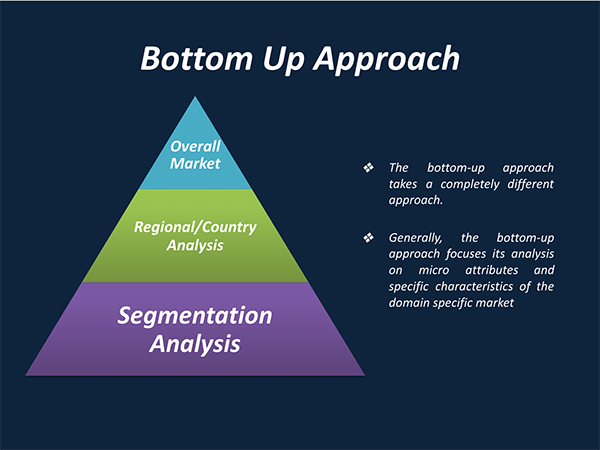
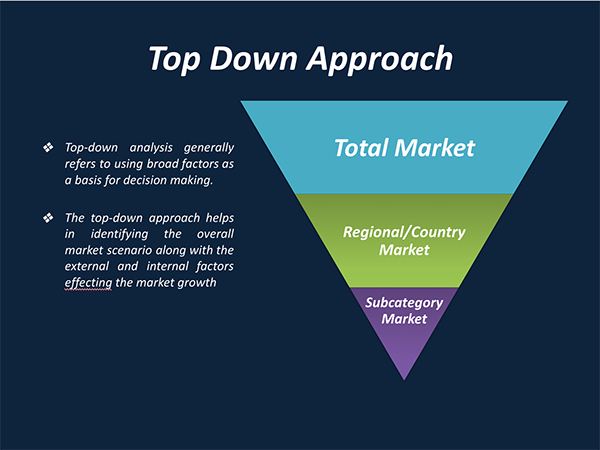
Market Formulation & Deduction: The last stage includes assigning the data & information in a suitable way in order to derive market size. Analyst reviews and domain based opinions based on holistic approach of market estimation combined with industry investigation additionally features a crucial role in this stage.
This stage includes with the finalization of the market size and numbers that we have gathered from primary and secondary research. With the data & information addition, we ensure that there is no gap in the market information. Market trend analysis is finished by our analysts by utilizing data extrapolation procedures, which give the most ideal figures to the market.
Data Validation: Validation is the most crucial step in the process. Validation & re-validation through scientifically designed technique and process that helps us finalize data-points to be used for final calculations. This stage also involves with the data triangulation process. Data triangulation generally implicates the cross validation and matching the data which has been collected from primary and secondary research methods.
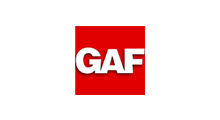

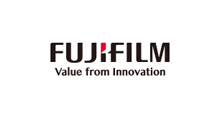
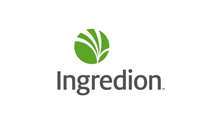

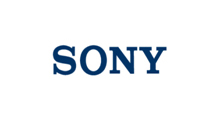
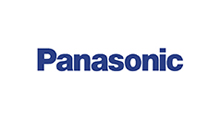
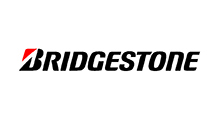
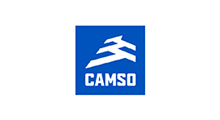
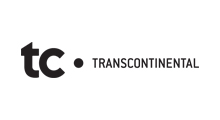
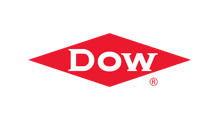
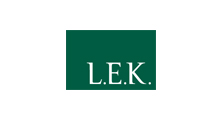


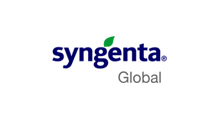
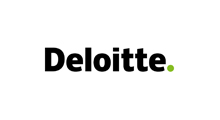

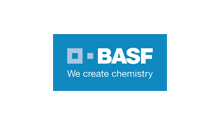
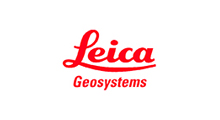
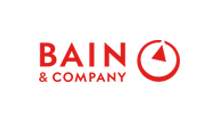
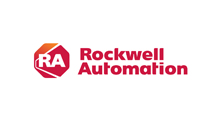
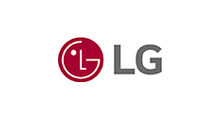
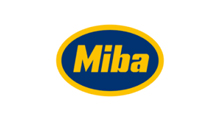
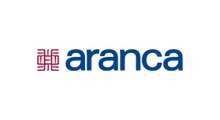
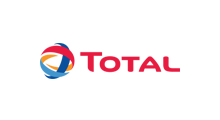
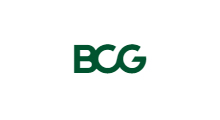
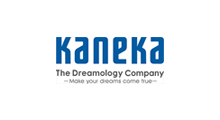
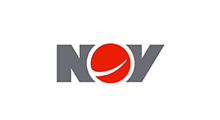
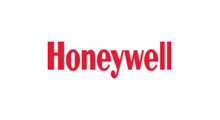
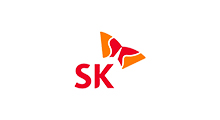
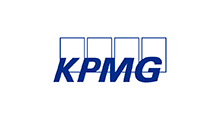
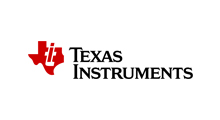
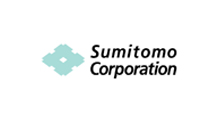
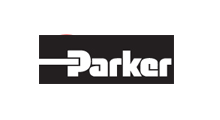
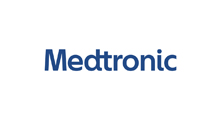
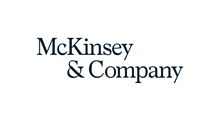


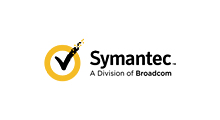
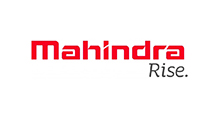
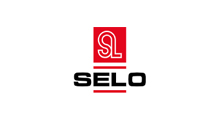
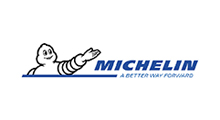

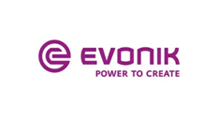

Free Customization
Countries can be added on demand
Free yearly update on purchase of Multi/Corporate User License
Companies served till date

We serve our customers 24x7 for 365 days through calls, emails and live chat options.

Huge database of exceptional market reports bringing market intelligence to your fingertips.

SSL enabled, we offer you various secured payment options for risk free purchase.